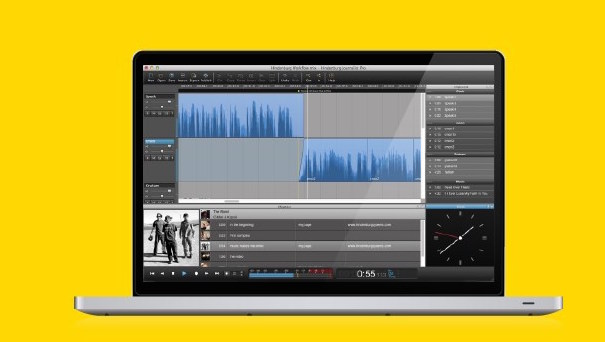

- #INSTALL SOUNDFLOWER INSTALL#
- #INSTALL SOUNDFLOWER DRIVERS#
- #INSTALL SOUNDFLOWER DRIVER#
- #INSTALL SOUNDFLOWER CODE#
Some have had success using it on Big Sur with Intel Macs, but it will not work at all on an M1 Mac. Unfortunately, the Soundflower project has not been development further after the release of MacOS Catalina.

#INSTALL SOUNDFLOWER DRIVERS#
However, M1 Macs have a completely different type of processor than Intel Macs and all audio drivers have to be converted to be compatible with the new processors.

#INSTALL SOUNDFLOWER DRIVER#
open x-apple.systempreferences: you are looking to capture the system audio on your Mac, you may be looking for the popular free and open source audio driver Soundflower to get the job done.

These commands are optional and could be omitted from the updated $HOME/Desktop/Soundflower/Scripts/postinstall file.
#INSTALL SOUNDFLOWER CODE#
You still may have to click on the Allow button shown in the image below from the System Preferences application and restart the Mac after the Installer application has completed.įYI, the code below attempts to make the General tab of the Security pane of System Preferences frontmost.
#INSTALL SOUNDFLOWER INSTALL#
You can now open this package with the Installer application to install the Soundflower kernel extension. pkgutil -flatten $HOME/Desktop/Soundflower $HOME/Desktop/Soundflower.pkg This will create the corrected Soundflower.pkg package on your Desktop. Open x-apple.systempreferences:\?GeneralĮnter the following command. Sudo kextload /Library/Extensions/Soundflower.kext (Actually, you are just adding to the existing file.) #!/bin/bashĮcho "installer is loading the new Soundflower" Replace the contents of the $HOME/Desktop/Soundflower/Scripts/postinstall file with the following. Hdiutil detach /Volumes/Soundflower-2.0b2 Pkgutil -expand /Volumes/Soundflower-2.0b2/Soundflower.pkg $HOME/Desktop/Soundflower Start by entering the following commands hdiutil attach $HOME/Downloads/ The rest of this answer outlines one possible way to correct the offending script. Also, an indication of failure, by the Installer, leaves the user no way of knowing if the Soundflower kernel extension actually installed correctly. Therefore, the Installer cannot indicate success until at least the Mac is restarted. † This is part of the exact text output from executing sudo kextload /Library/Extensions/Soundflower.kext command which returned the corresponding status.Ī status of 27 or 28 does not indicate a failure, but rather actions that need to be performed outside of the Installer. Loading extension(s): requires a reboot† Please approve using System Preferences.†


 0 kommentar(er)
0 kommentar(er)
